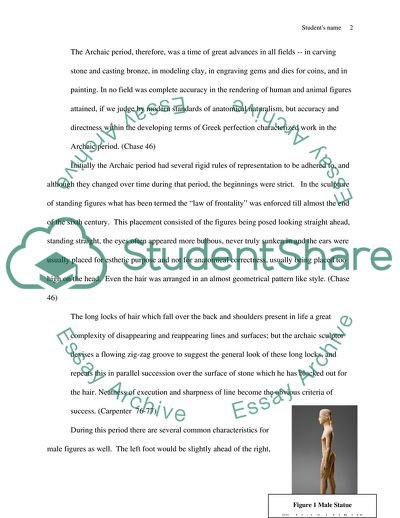Cite this document
(Greek Archaic style Essay Example | Topics and Well Written Essays - 1250 words, n.d.)
Greek Archaic style Essay Example | Topics and Well Written Essays - 1250 words. https://studentshare.org/architecture/1713217-greek-archaic-style
Greek Archaic style Essay Example | Topics and Well Written Essays - 1250 words. https://studentshare.org/architecture/1713217-greek-archaic-style
(Greek Archaic Style Essay Example | Topics and Well Written Essays - 1250 Words)
Greek Archaic Style Essay Example | Topics and Well Written Essays - 1250 Words. https://studentshare.org/architecture/1713217-greek-archaic-style.
Greek Archaic Style Essay Example | Topics and Well Written Essays - 1250 Words. https://studentshare.org/architecture/1713217-greek-archaic-style.
“Greek Archaic Style Essay Example | Topics and Well Written Essays - 1250 Words”. https://studentshare.org/architecture/1713217-greek-archaic-style.


